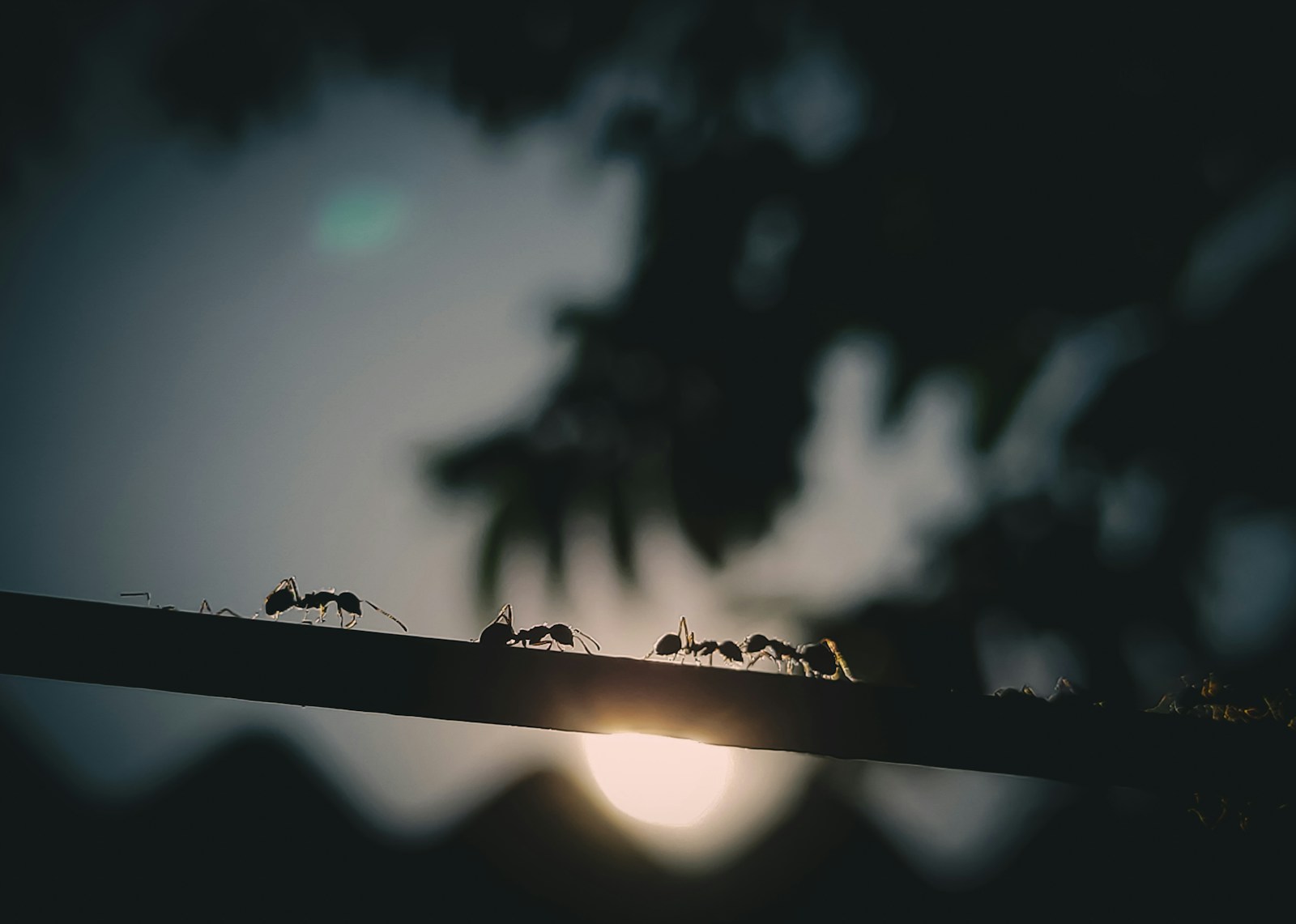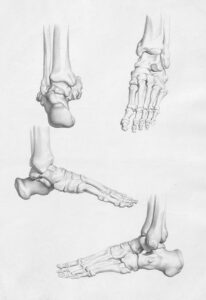Ants are some of the most fascinating creatures on Earth, not only for their industrious behavior but also for their ability to live in highly organized colonies. Despite their tiny size, ants can form large, complex societies where they coordinate tasks like foraging, building, defense, and caring for the queen and larvae. These colonies often function like well-oiled machines, and their ability to communicate and cooperate is key to their success. But how exactly do ants communicate? How do they manage to work together in such an organized fashion without centralized control?
In this article, we will explore the remarkable ways ants communicate to form complex societies, focusing on chemical signals, tactile communication, vibrations, and social organization.
1. Chemical Communication: Pheromones as the Primary Tool
The primary way ants communicate is through the use of pheromones, which are chemical signals they produce and detect with incredible sensitivity. These pheromones serve as the “language” of the ant world, conveying information about food sources, danger, territory, and the colony’s needs. Each ant has the ability to produce different pheromones, each with its own specific function.
Pheromone Trails for Foraging
One of the most well-known uses of pheromones is in foraging behavior. When a worker ant finds food, it returns to the colony while laying down a pheromone trail along its path. Other ants detect this chemical signal using specialized receptors on their antennae, and they follow the trail to the food source. As more ants follow the trail, they reinforce it by adding their own pheromones, creating a stronger chemical path.
The intensity of the pheromone trail can also indicate the quality or quantity of the food. If the food source is plentiful, the trail will become stronger, drawing more ants to the location. However, if the food is depleted, the pheromone signal fades, and fewer ants will follow the trail.
Alarm Pheromones for Defense
When an ant detects a threat, such as a predator or intruder, it releases alarm pheromones that trigger an aggressive response from other ants in the colony. These pheromones quickly spread through the air or across the ground, causing nearby ants to rush to the scene, ready to defend the colony. This rapid communication ensures a swift collective response to threats.
Pheromones for Colony Organization
Pheromones also play a key role in the social organization of the colony. The queen produces specific pheromones that signal her reproductive status and control the behavior of worker ants. These queen pheromones ensure that the colony remains stable by suppressing reproduction in the workers and maintaining a clear division of labor. Workers can also use pheromones to signal their tasks, whether it’s tending to the brood, foraging, or defending the nest.
2. Tactile Communication: Touch and Antennae Interaction
In addition to chemical signals, ants also use tactile communication to convey information. Ants often engage in antennae tapping, where they touch each other’s antennae to exchange information. This behavior is most commonly seen when ants greet each other in the nest or during foraging activities.
Antennae Tapping and Food Sharing
When foraging ants return to the colony with food, they often share it with other ants through trophallaxis, a process where food is regurgitated and transferred from one ant to another. During this exchange, ants also tap each other’s antennae, providing information about the quality and quantity of the food.
Antennae tapping can also reinforce social bonds between ants, allowing them to identify each other and maintain the hierarchy within the colony. This tactile form of communication complements the pheromone signals that guide their behavior.
3. Vibrational Communication: Sound Waves and Substrate Vibrations
While ants do not have a sophisticated auditory system like humans, they can detect vibrations through the ground and other surfaces. These vibrations are a key part of their communication, particularly in species that live in dense environments like soil or leaf litter.
Stridulation and Alarm Signals
Some ants produce sounds through a process known as stridulation, where they rub specific body parts together to create vibrations. These vibrations can travel through the ground and serve as alarm signals, indicating distress or danger. Other ants in the vicinity pick up these vibrations through specialized sensors in their legs, which trigger a defensive or protective response.
Stridulation is also used during building activities or when ants need to communicate in noisy environments, such as inside the nest. These low-frequency vibrations help ensure that important messages are transmitted even when pheromones might be ineffective due to environmental conditions.
4. Social Organization: The Roles in Ant Societies
Ants live in eusocial societies, meaning that they have a highly structured division of labor, with individuals specialized for certain roles. This social structure is maintained through constant communication between different castes of ants.
The Role of the Queen
The queen ant’s primary role is to reproduce. She communicates with the colony through pheromones, which help regulate the behavior of the workers. These pheromones ensure that worker ants do not reproduce, keeping the colony organized and focused on its tasks. The queen’s pheromones also signal her health and reproductive status, ensuring the colony functions smoothly.
Workers and Soldiers
Worker ants are responsible for foraging, brood care, and maintaining the nest. They communicate with each other through pheromones and tactile signals to coordinate their efforts. Soldier ants, on the other hand, are responsible for defending the colony from threats. Their heightened sensitivity to alarm pheromones ensures that they can quickly respond to danger.
Division of Labor
Ant colonies are efficient because of their ability to adapt to the needs of the colony. Communication is key to this flexibility. When food is scarce, more workers may be dispatched to forage, and pheromone signals will direct them to new sources. If the nest is under threat, more ants may take on defensive roles, responding to the queen’s or soldiers’ alarm signals.
5. Collective Intelligence: Emergent Behavior
One of the most fascinating aspects of ant communication is how it leads to emergent behavior. Although individual ants operate with relatively simple rules, their collective behavior creates highly organized and complex outcomes, such as building intricate nests, farming fungi, or engaging in large-scale warfare against rival colonies.
This self-organizing system allows ants to adapt to changing environments without centralized control. Each ant follows local rules based on the pheromones and signals it encounters, and the result is a colony that operates efficiently as a whole. The concept of “swarm intelligence” is often used to describe this phenomenon, where the collective actions of simple individuals result in sophisticated group behavior.
Conclusion
Ants may be small, but their ability to communicate is incredibly advanced and crucial to the survival of their colonies. Through chemical signals, tactile interactions, and vibrational cues, ants coordinate their efforts and create highly organized societies that rival human cities in complexity. Their use of pheromones to guide foraging, defend their nest, and maintain social order is a testament to the power of non-verbal communication in the natural world.
Ants’ ability to communicate to perform tasks that are seemingly beyond their individual capabilities is nothing short of amazing. In many ways, the ants’ ability to work together, communicate, and adapt offers valuable lessons in cooperation, efficiency, and resilience that extend far beyond the insect world.




